Hyakusaiji Temple
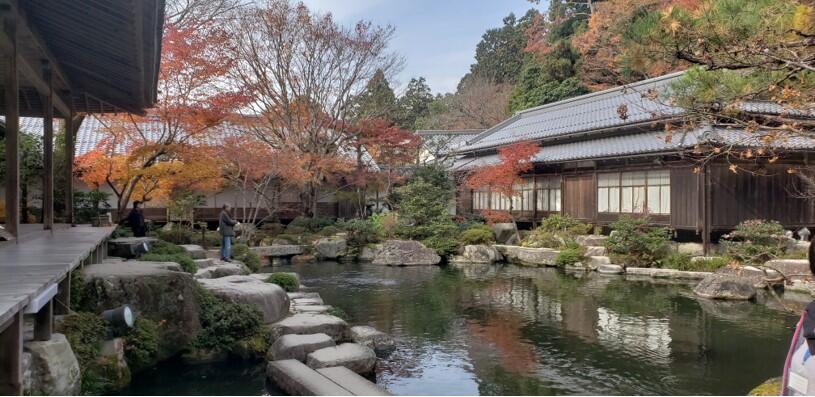 Near the entrance was a giant, bear tree when we went, which I am sure would be beautiful when spring comes. However nearby there are plenty of red, maple trees to appreciate. After a short walk past the entrance, there is a large pond filled with koi. There are a few colorful ones, but the majority appeared to be black. The fish are quite feisty and there is fish food nearby that you can pay for. I would recommend trying to feed them if there is fish food that you can purchase. Of course, the pond is situated around plenty of colorful trees, so there is a beautiful view all around the it.
Near the entrance was a giant, bear tree when we went, which I am sure would be beautiful when spring comes. However nearby there are plenty of red, maple trees to appreciate. After a short walk past the entrance, there is a large pond filled with koi. There are a few colorful ones, but the majority appeared to be black. The fish are quite feisty and there is fish food nearby that you can pay for. I would recommend trying to feed them if there is fish food that you can purchase. Of course, the pond is situated around plenty of colorful trees, so there is a beautiful view all around the it.
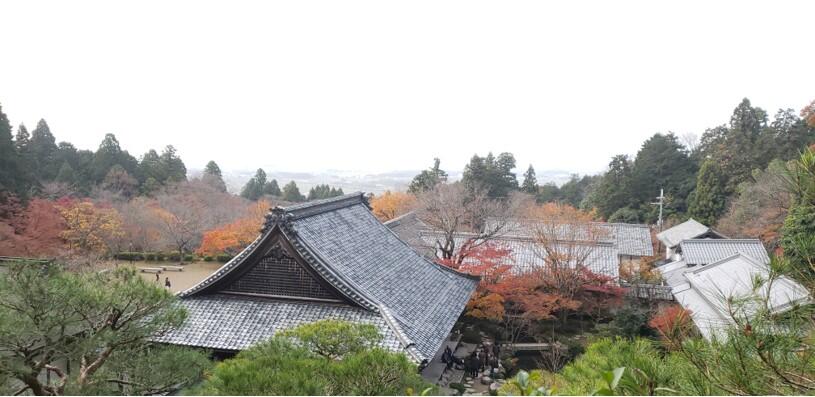
Further up the path, there were a lot of yellow and orange leaved trees when we had gone. That is not to say there were not any red leaves at all, but rather the temple had the most variety of leaf colors among the temples I have visited for autumn leaves. Near the top was also giant bell that people could ring, so feel free to try it. Near the mountaintop you could hear monkeys sometimes, and if you're lucky enough you might see one too.
Kyorinbo Temple
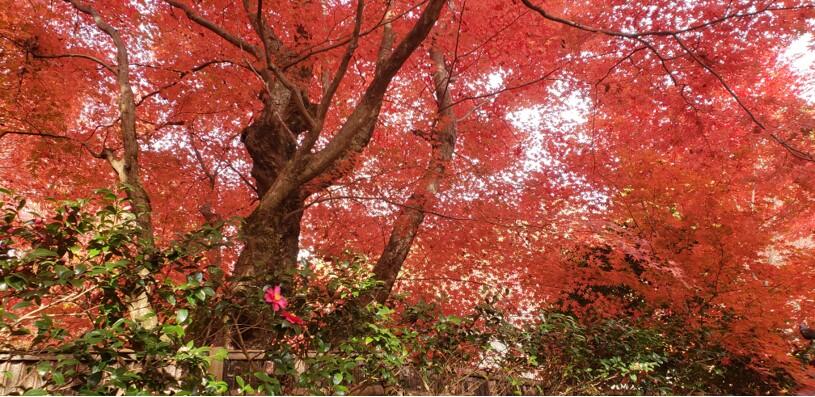
My first impression of entering Kyourinbou was how colorful the leaves were even at the beginning of december. The walking path was filled with autumn leaves, which made me constantly stop to take pictures. Although the walking path is not particularly long, the scenery rivals that of any larger temple. There was nearly nothing that I did not want to have a picture of when I went.
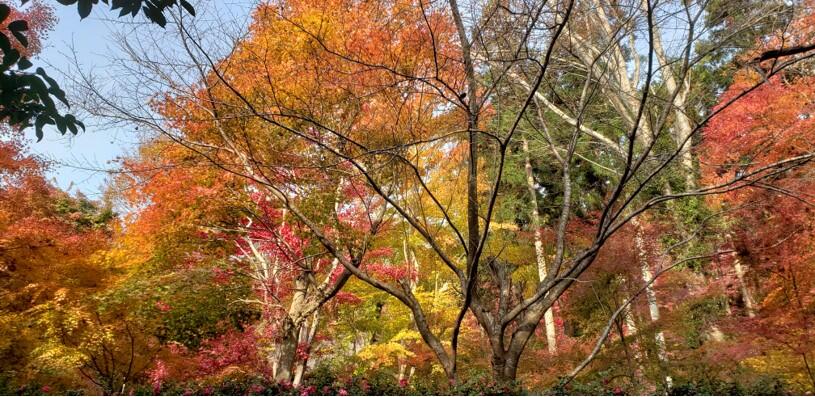
Situated near the center of the path was a shrine facing the pond. While there were a decent group of people sitting crouching and taking photos, I would not say that the area felt crowded. The pond has a terraced, moss-covered rocks that are right in front of Japanese maples trees. Watching the leaves fall and float in the pond up was a one of the kind experience.
(Author : Robin Zhang / JCMU student, 2019)
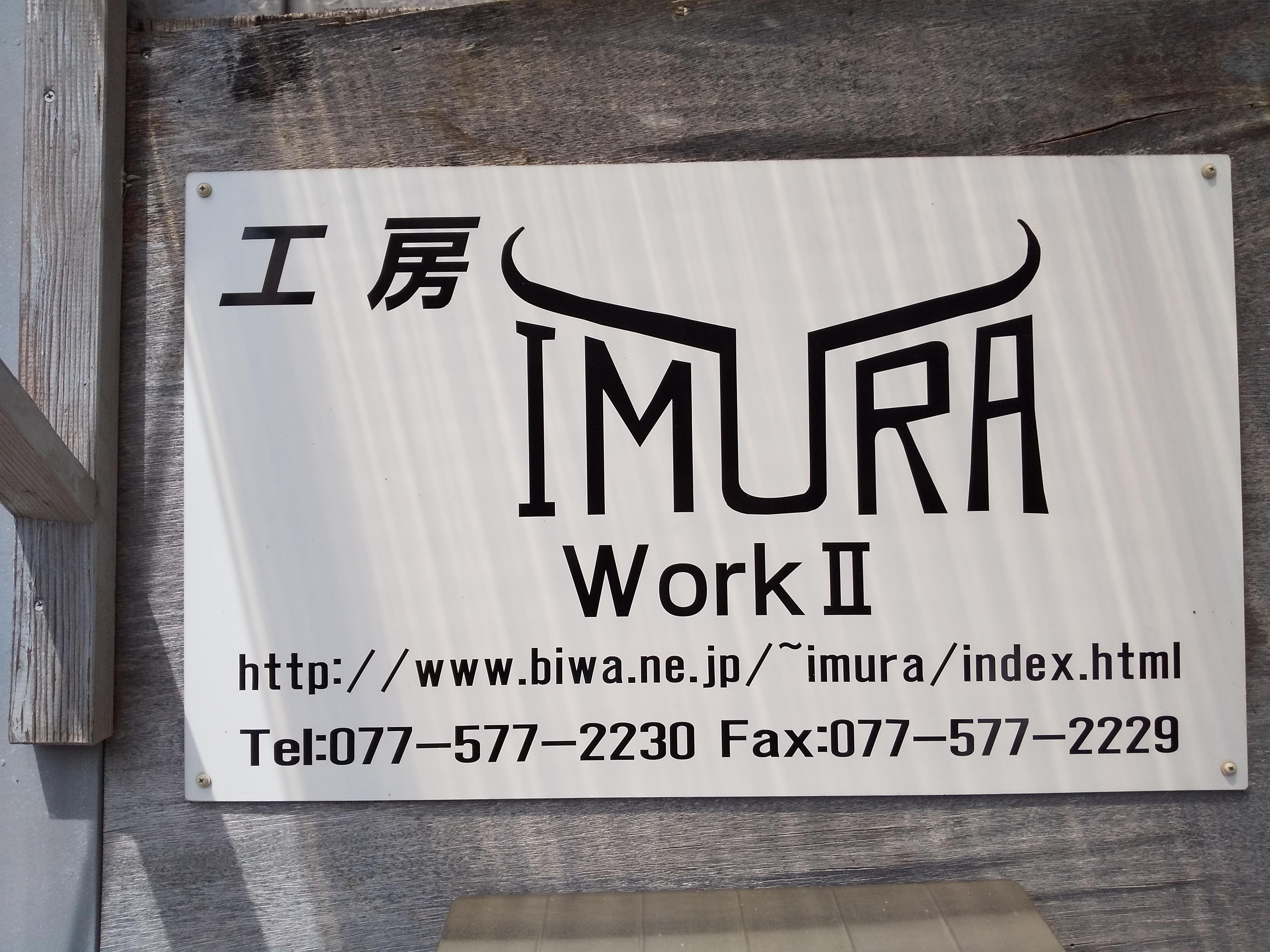
 Most unique one is a "Biwa Leather Bag" and inspired by waves of Lake Biwa, Shiga prefecture.
Most unique one is a "Biwa Leather Bag" and inspired by waves of Lake Biwa, Shiga prefecture.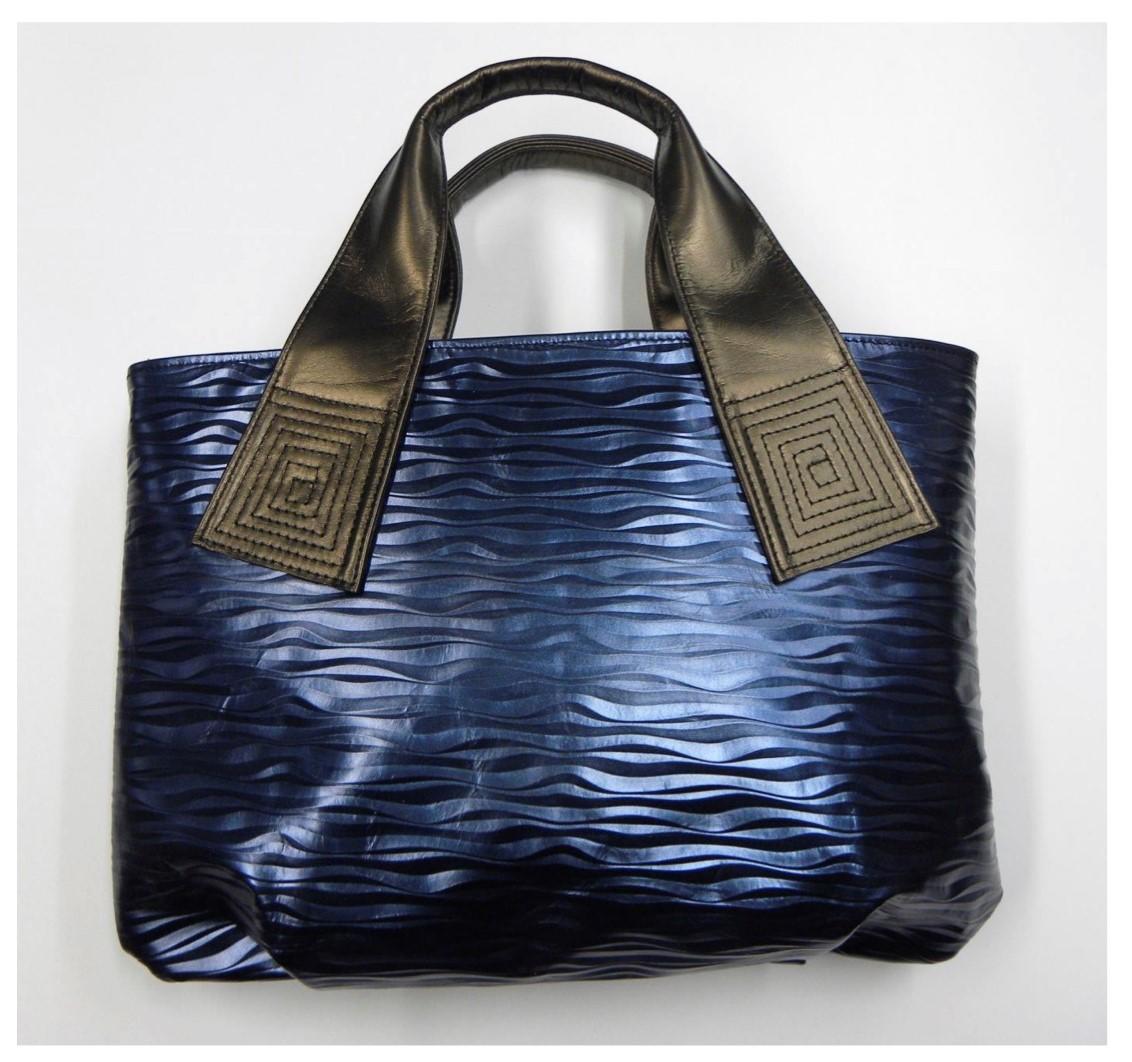 Please visit their website to browsing another type of handdbags :
Please visit their website to browsing another type of handdbags : 
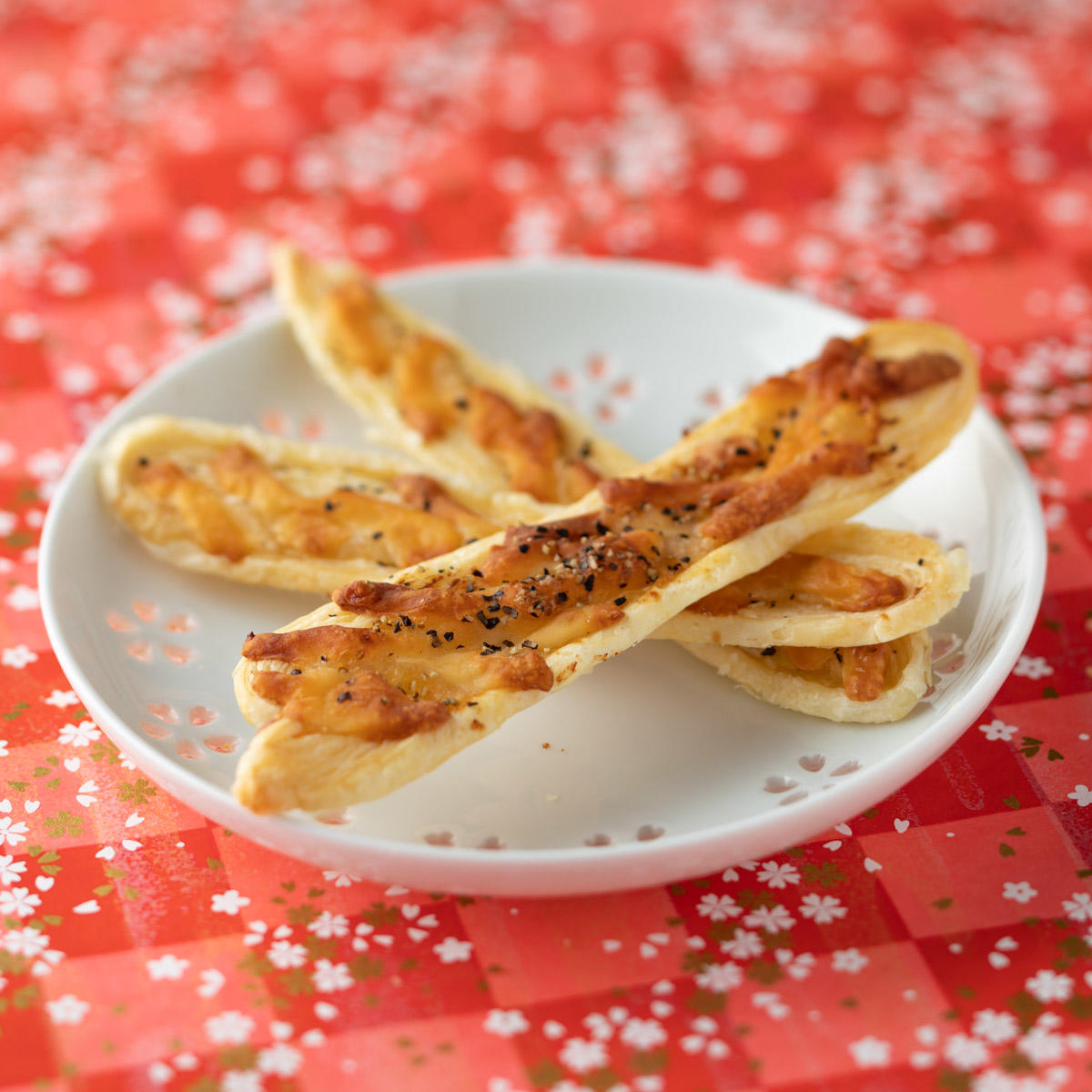
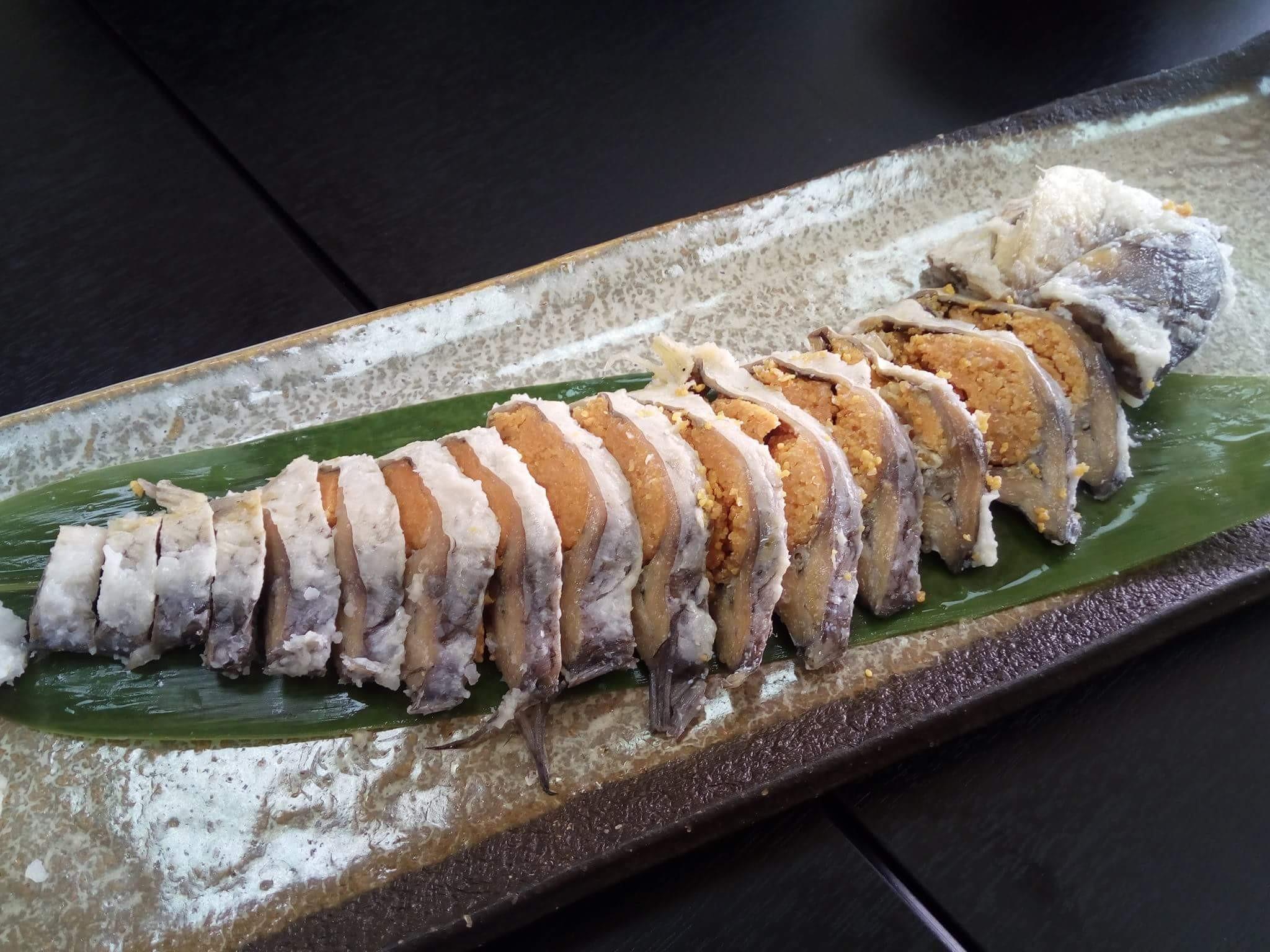
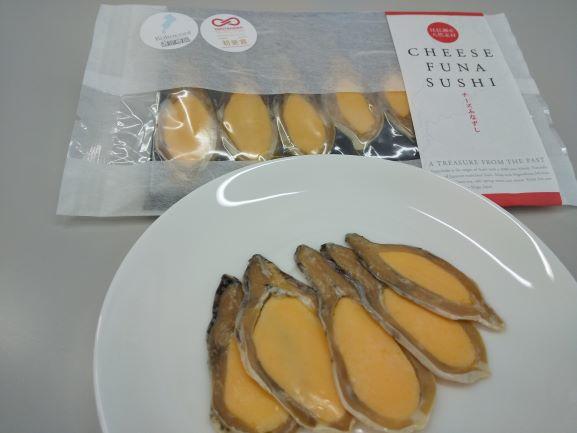


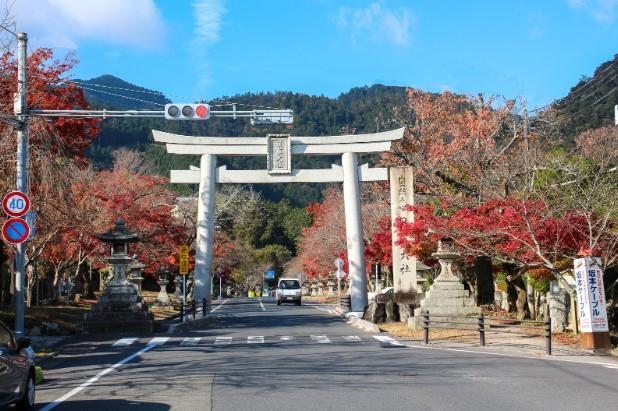
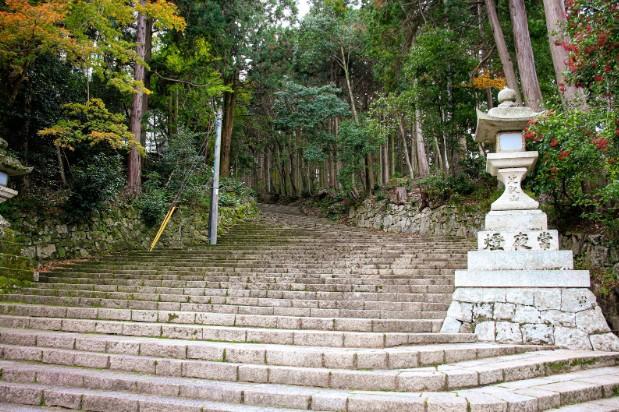
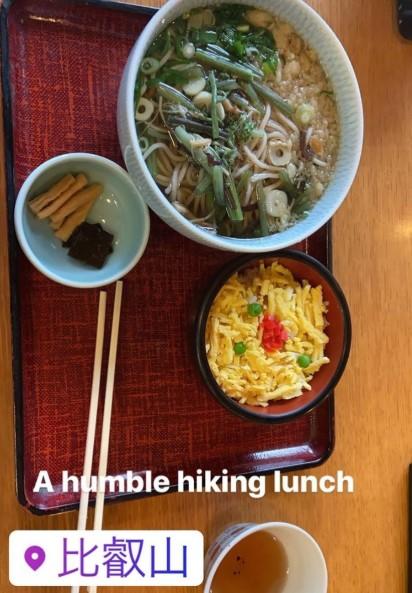
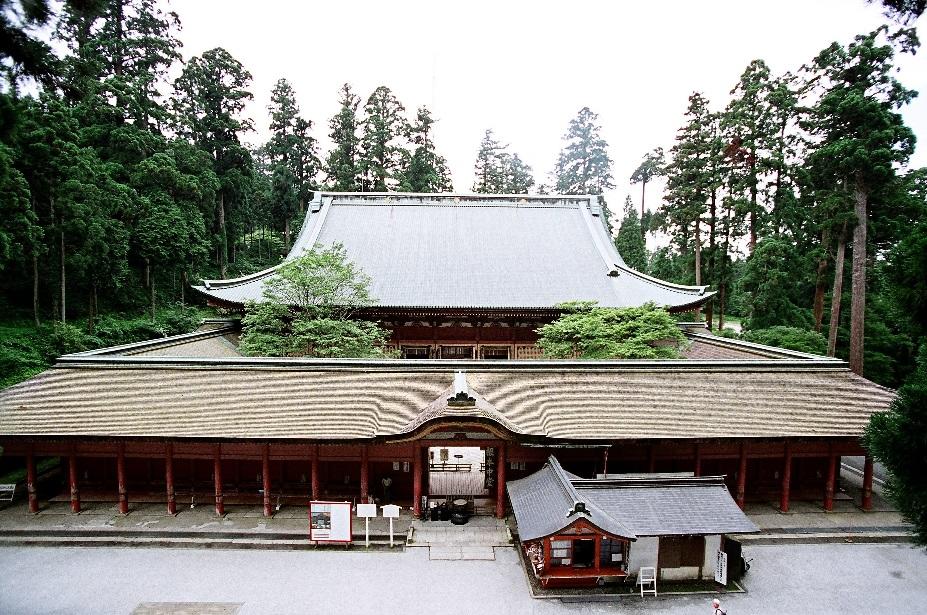
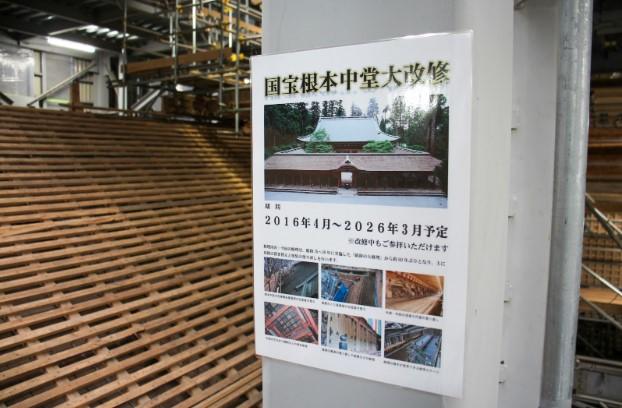
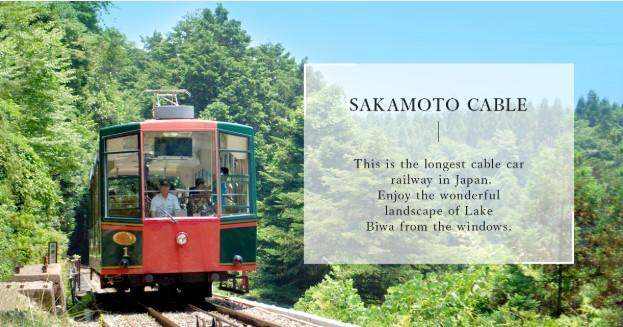
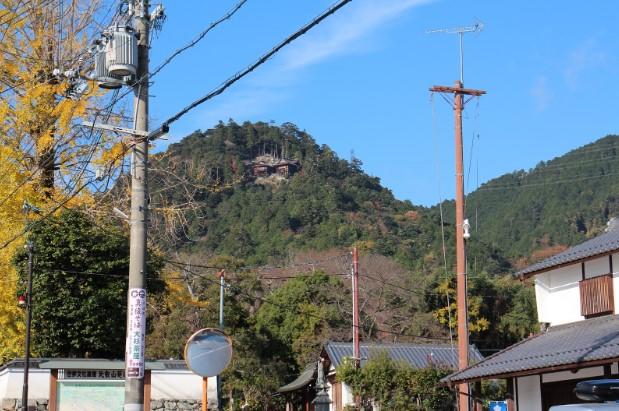
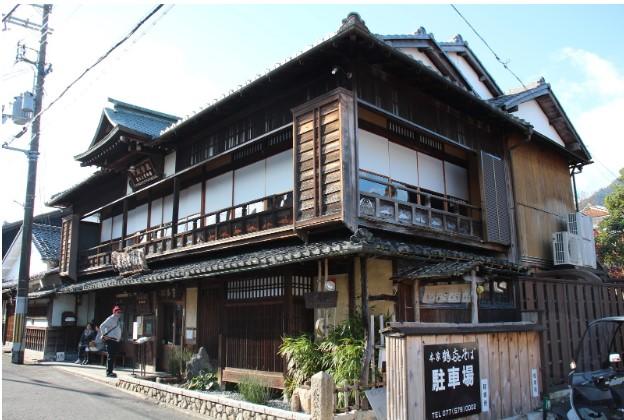



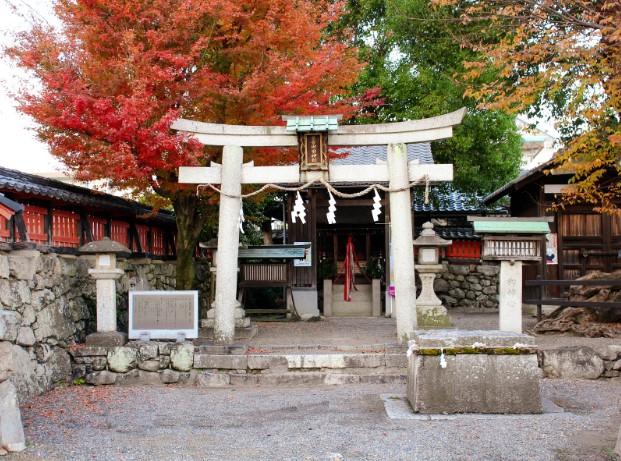
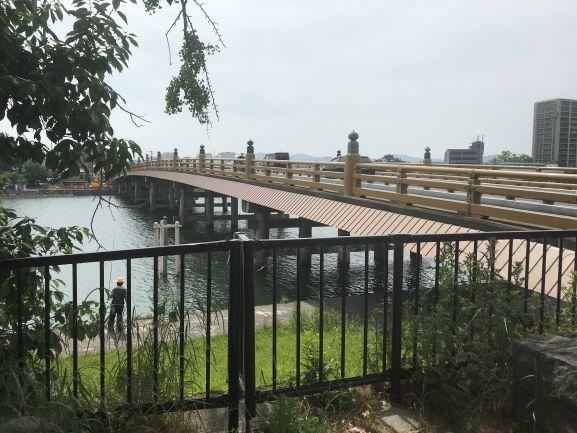 Nous commençons la journée dans la capitale de Shiga, où nous visitons d'abord le pont Seta no Karahashi, qui enjambe la rivière Seta. Une courte promenade nous permet d'apprécier le paysage et de faire le plein de vitamine D. Ce pont a toujours été d'une importance stratégique puisqu'il s'agissait du lien direct à Kyoto le plus sécuritaire étant donné les vents capricieux qui soufflent du mont Hiei sur lac Biwa et déroutent les bateaux. Il a donc été détruit plusieurs fois pendant ses plus de mil ans d'existence et sa forme actuelle est moderne. Encore aujourd'hui, c'est un lieu passant, à l'ombre duquel des pêcheurs se tiennent sur la berge et où le festival Senkosai a lieu tous les mois d'août.
Nous commençons la journée dans la capitale de Shiga, où nous visitons d'abord le pont Seta no Karahashi, qui enjambe la rivière Seta. Une courte promenade nous permet d'apprécier le paysage et de faire le plein de vitamine D. Ce pont a toujours été d'une importance stratégique puisqu'il s'agissait du lien direct à Kyoto le plus sécuritaire étant donné les vents capricieux qui soufflent du mont Hiei sur lac Biwa et déroutent les bateaux. Il a donc été détruit plusieurs fois pendant ses plus de mil ans d'existence et sa forme actuelle est moderne. Encore aujourd'hui, c'est un lieu passant, à l'ombre duquel des pêcheurs se tiennent sur la berge et où le festival Senkosai a lieu tous les mois d'août. On dit que ce sanctuaire est l'un des plus anciens du Japon. Sa proximité au lac Biwa lui donne un lien fort avec l'eau, qui se reflète dans ses différents types de divinations omikuji : ici, la prédiction apparaît comme un message secret au contact de l'eau, là, elle se trouve dans un petit poisson qu'il faut pêcher!
On dit que ce sanctuaire est l'un des plus anciens du Japon. Sa proximité au lac Biwa lui donne un lien fort avec l'eau, qui se reflète dans ses différents types de divinations omikuji : ici, la prédiction apparaît comme un message secret au contact de l'eau, là, elle se trouve dans un petit poisson qu'il faut pêcher! Le sanctuaire est assez grand, avec un étang et un jardin en plus des nombreux bâtiments principaux et auxiliaires.
Le sanctuaire est assez grand, avec un étang et un jardin en plus des nombreux bâtiments principaux et auxiliaires. L'un d'entre eux, juste passé le pont où les carpes se rassemblent sous nos pieds, aiderait à trouver l'amour.
L'un d'entre eux, juste passé le pont où les carpes se rassemblent sous nos pieds, aiderait à trouver l'amour. L'endroit est paisible et nous prenons une autre bouffée d'air avant de retourner à Karahashi.
L'endroit est paisible et nous prenons une autre bouffée d'air avant de retourner à Karahashi. Contrairement aux autres poteries de Shiga, celles de style Karahashi utilisent de l'argile tirée directement du lac Biwa. Cette glaise proviendrait des créatures vivantes du lac, qui insuffleraient leur énergie aux céramiques. Le style est aussi célèbre pour sa laque de couleur « bleu lac Biwa ».
Contrairement aux autres poteries de Shiga, celles de style Karahashi utilisent de l'argile tirée directement du lac Biwa. Cette glaise proviendrait des créatures vivantes du lac, qui insuffleraient leur énergie aux céramiques. Le style est aussi célèbre pour sa laque de couleur « bleu lac Biwa ». Après une discussion fort intéressante avec le maître potier, nous nous dirigeons vers un atelier à part, où nous passons l'heure suivante à fabriquer nos propres tasses.
Après une discussion fort intéressante avec le maître potier, nous nous dirigeons vers un atelier à part, où nous passons l'heure suivante à fabriquer nos propres tasses. Le maître est excellent professeur et nous nous amusons tous ensemble à créer. Le produit fini doit être cuit et lacqué à plusieurs reprises pendant un mois avant d'être prêt.
Le maître est excellent professeur et nous nous amusons tous ensemble à créer. Le produit fini doit être cuit et lacqué à plusieurs reprises pendant un mois avant d'être prêt.
 Là, nous dévorons notre thé et nos boîtes repas remplies de spécialités de Shiga avant de monter sur le pont supérieur pour profiter du paysage.
Là, nous dévorons notre thé et nos boîtes repas remplies de spécialités de Shiga avant de monter sur le pont supérieur pour profiter du paysage.
 Pendant un peu plus d'une heure, la croisière remonte la rivière et fait un tour du sud du lac avant de revenir à son point de départ.
Pendant un peu plus d'une heure, la croisière remonte la rivière et fait un tour du sud du lac avant de revenir à son point de départ.

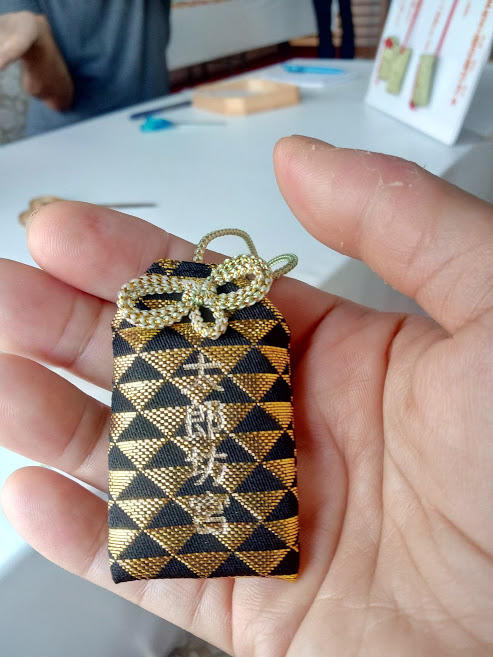
 Japanese only.....but please don't panic! As I said, priest or shrine maiden will teach you, but also can not speak any English. But they can show you how to do it. Easy!
Japanese only.....but please don't panic! As I said, priest or shrine maiden will teach you, but also can not speak any English. But they can show you how to do it. Easy!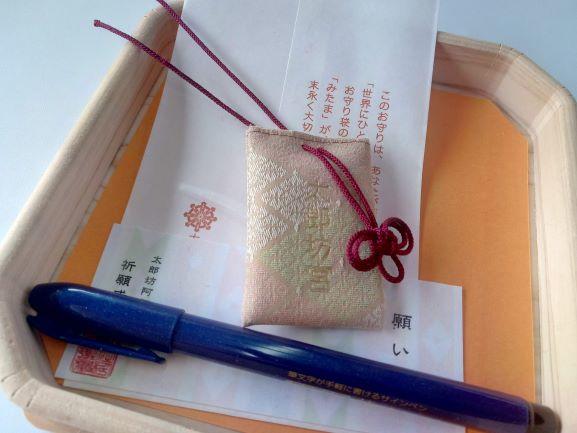 This is a set of Omamori lucky charm making. You can choose your small cloth bag and colour of ribbon by yourself.
This is a set of Omamori lucky charm making. You can choose your small cloth bag and colour of ribbon by yourself.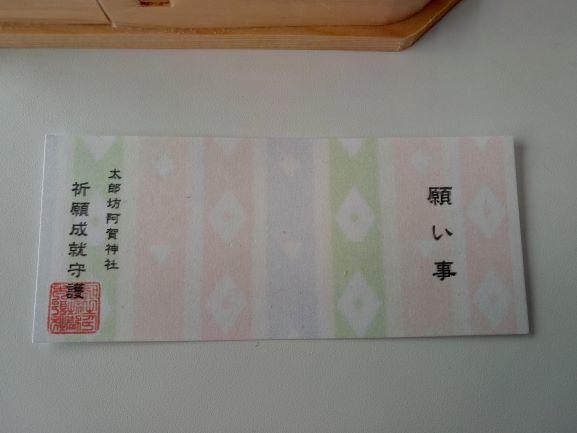
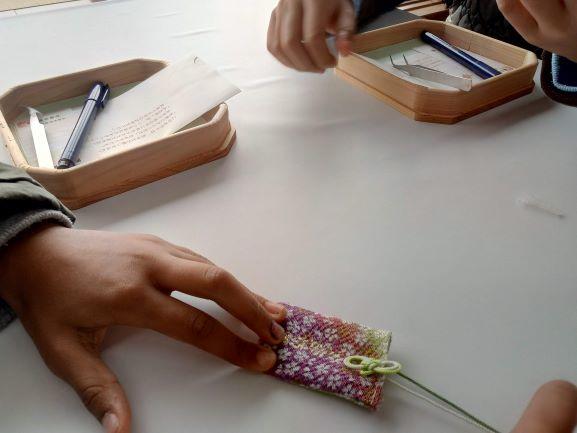 Tight the ribbon .... and completed!
Tight the ribbon .... and completed!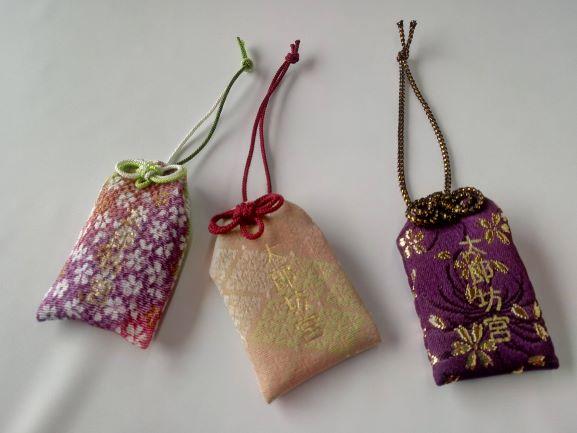 How do you think? My one is middle, and I love it so much.
How do you think? My one is middle, and I love it so much.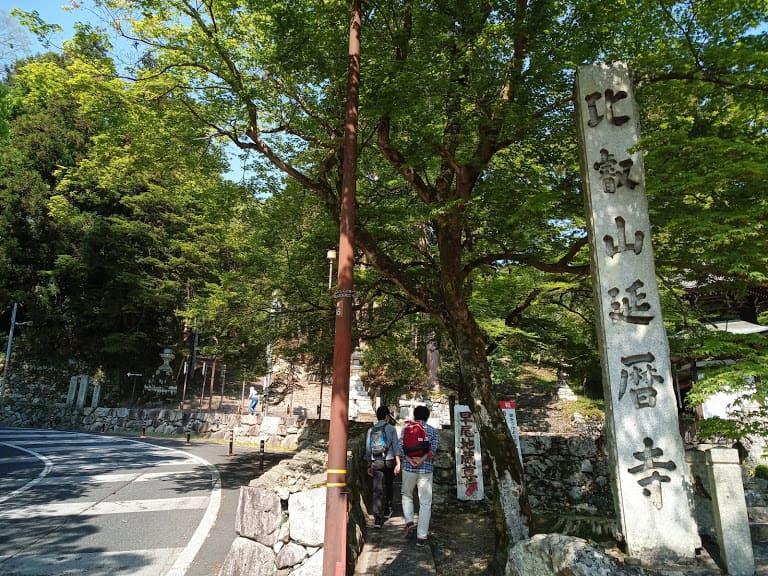
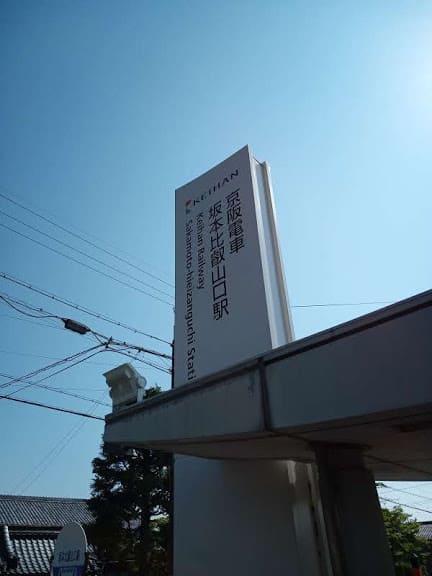
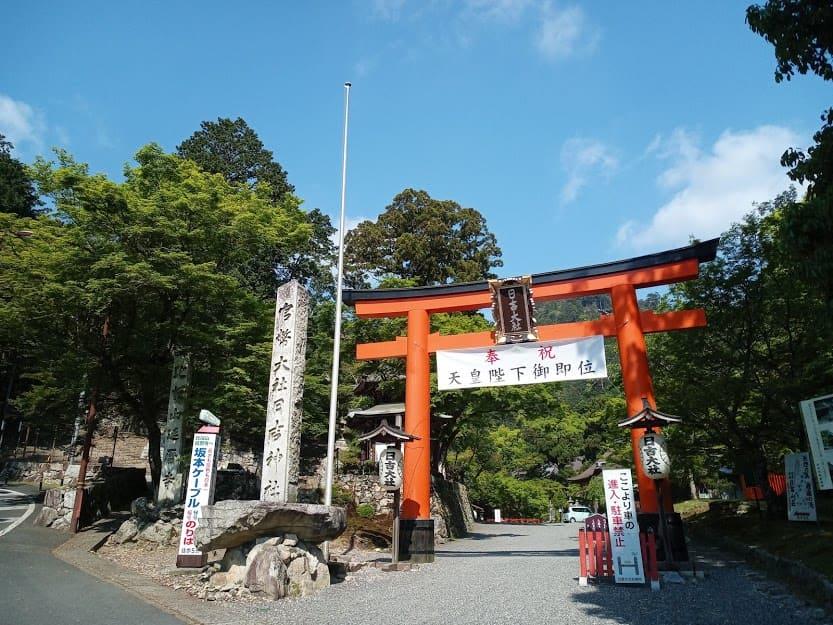

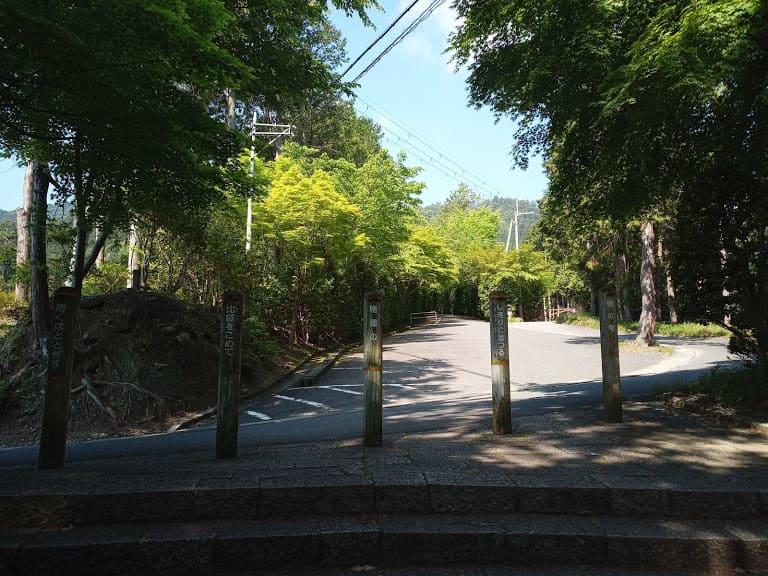
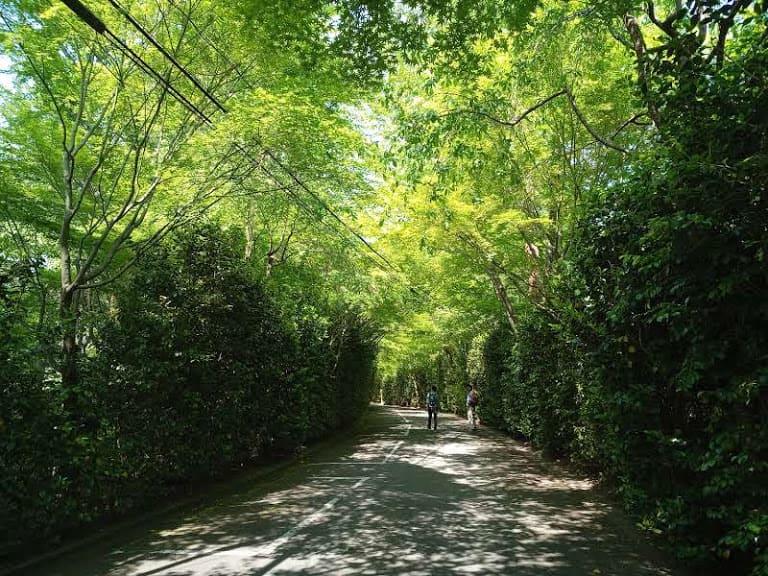
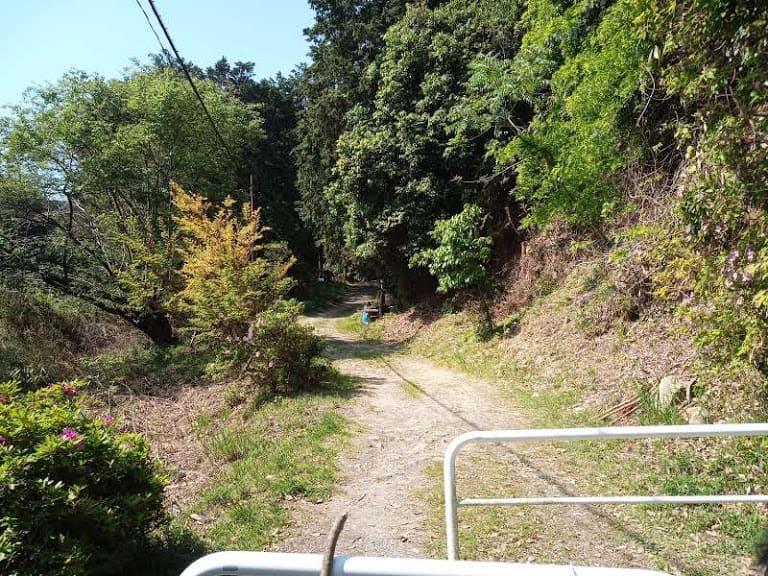
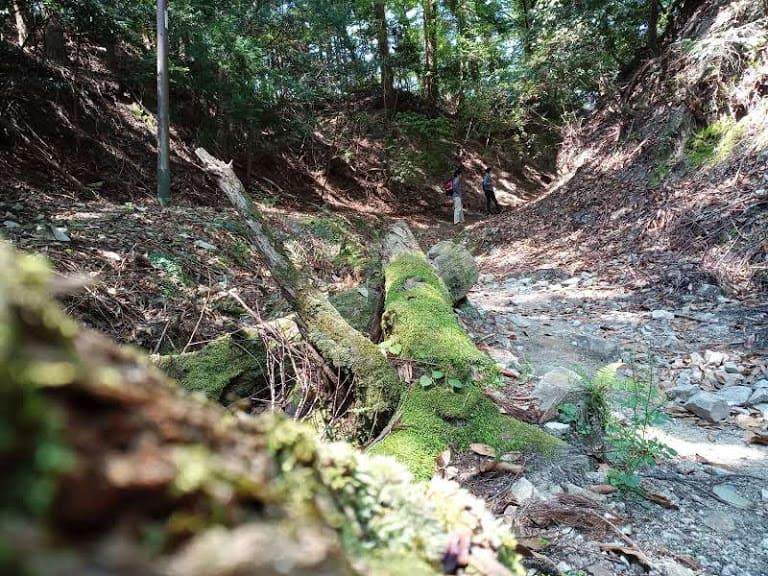

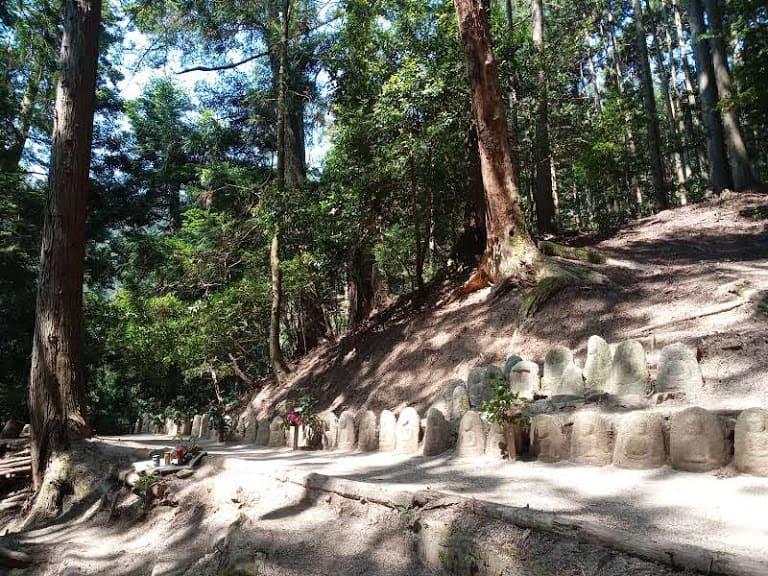
 Stone statue
Stone statue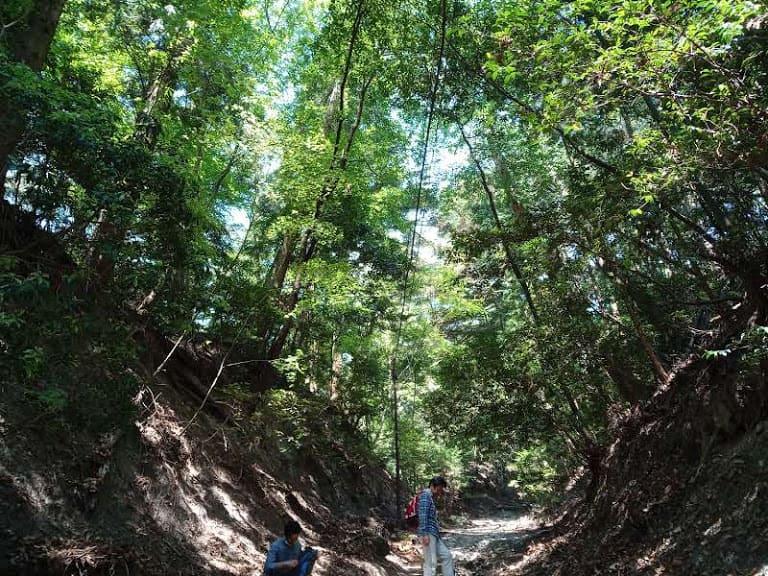
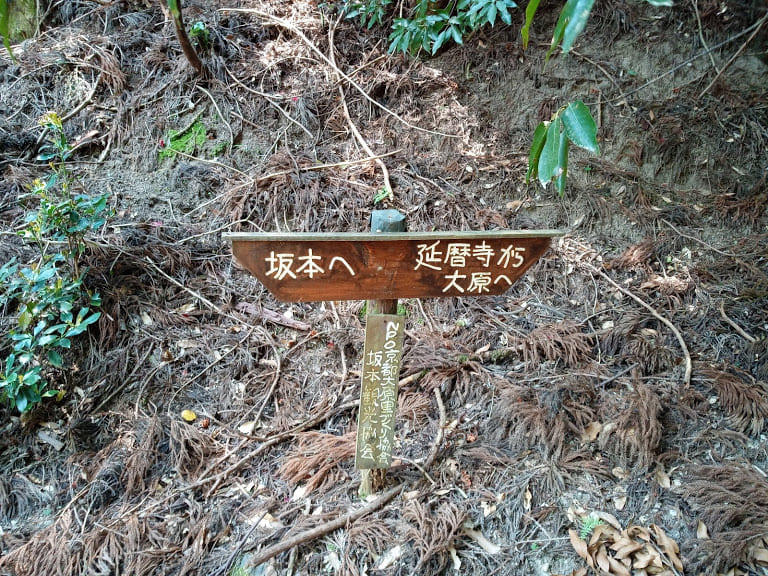
 Around
Around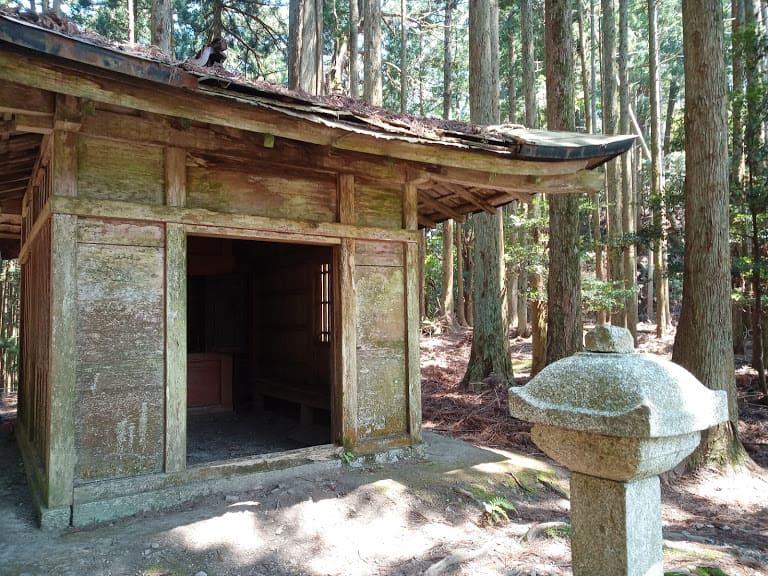
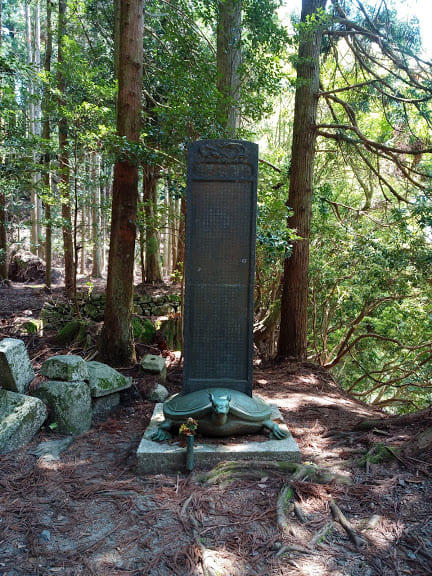
 It must be
It must be



